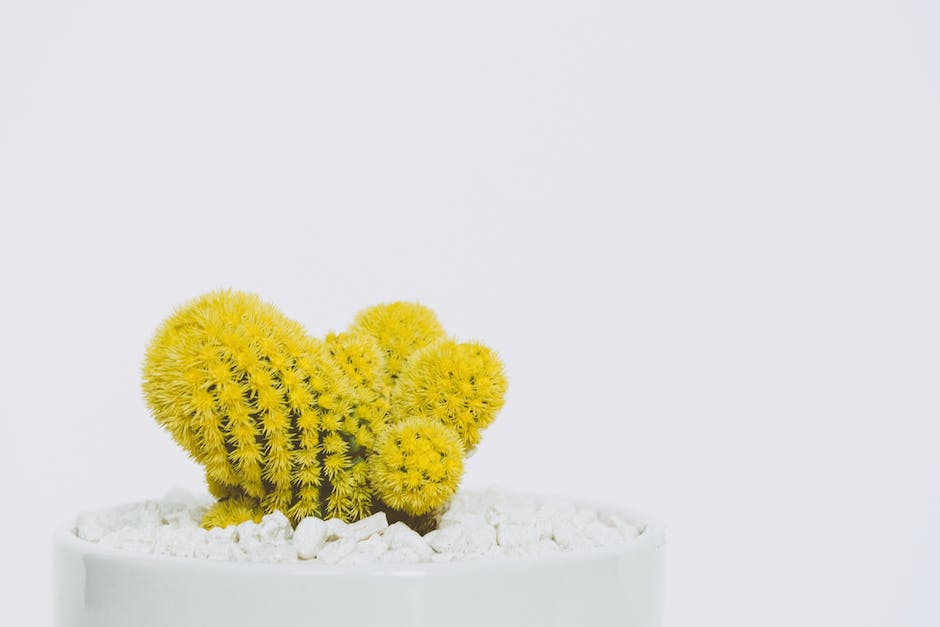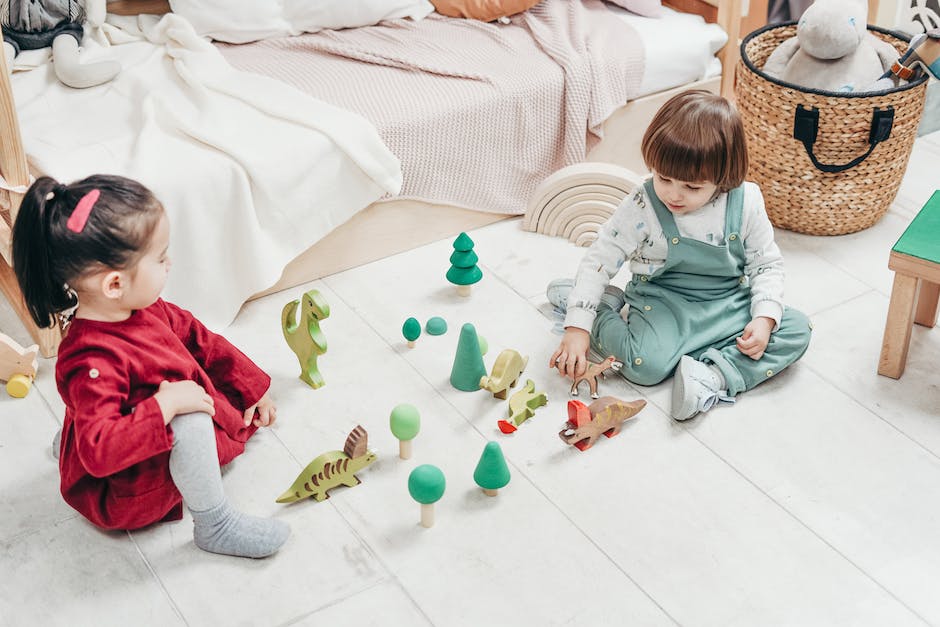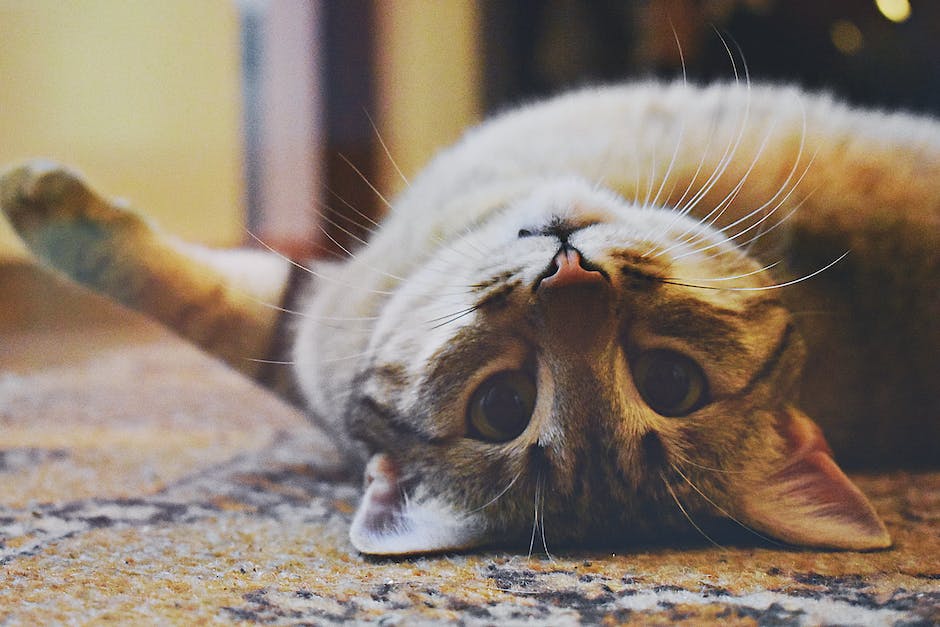Foolproof Guide to Keep Cats Off Your Plants

For house plant enthusiasts, one of the common challenges is protecting their beloved greenery from their equally adored pets, specifically cats. Whether it’s because of curiosity, playfulness, or boredom, cats are known to wreak havoc on household plants. Combine that with their inherent attraction to certain scents, and you have a recipe for persistent plant mischief. If you’re wrestling with this issue, have no fear! This discussion will lead you through understanding cat behaviors around plants, give you tips for creating a cat-friendly alternative to distract them, and teach you about different natural repellents and physical barriers you can use to keep cats off your plants.
Understanding Cat Behaviors Around Plants
The Feline Fancy: Why Your Cat Loves Your Plants and How to Break the Habit
Well, fellow parents and homemakers out there, it’s not just our sneaky toddler who has the knack for mischief. Our feline friends are pretty good at stirring up a little chaos themselves, particularly when it comes to our beloved plants! So today, we’re delving into why cats are so attracted to plants and sharing some useful tips to curb their indulgence.
First off, it’s essential to understand cats are adventurous creatures by nature. And plants, with their rustling leaves and interesting textures, serve as the perfect amusement. This playful streak can lead our feline friends to chew on leaves, knock over pots, and cause all-around mayhem. While this is frustrating for us, it’s also important to remember that some plants can be harmful if ingested by cats, making this habit something we need to handle promptly.
Now, let’s clear up the air on how to deter our cats from treating our plants like their personal playgrounds.
-
Provide Cat-Friendly Plants: One of the effective methods includes providing cat-friendly plants. Cat grass or catmint, for example, can serve as a healthier, safe alternative for their plant cravings. Plus, with unrestricted access to these plants, your cat may leave your other foliage alone.
-
Use Cat Repellents: Cat repellants can be a useful tool to safeguard your plants. There are several feline-safe repellents available on the market that can be sprayed onto the plants or the soil around them, causing an unattractive smell or taste for cats.
-
Use Non-Toxic Deterrents: If your furry friend still isn’t convinced, consider using non-toxic deterrents like citrus peels or coffee grounds. The strong smells of these items aren’t something cats enjoy, and it might just save your green friends.
-
Plant Placement: Be strategic about where you place your plants. Cats generally don’t care for climbing, so higher shelves might be the perfect spot for your leafy pals. Just make sure the plants are secure to avoid finding them toppled over!
-
Provide an Alternative: Distraction works well with our curious friends. Investing in a cat tree or interactive toys can offer an enticing diversion. The more entertained your cat is with its toys, the less interested it will be in your plants.
By following these tips, not only can you prevent your cat from causing a plant-apocalypse, but you will also protect them from potentially harmful plant ingestions. So let’s keep our feline friends entertained and our plants flourishing with a dash of creativity and a sprinkle of patience! So, happy cat parenting and remember, every moment—plant catastrophes included—is just another part of our beautiful family life tapestry.

Creating a Safe and Attractive Alternative for Cats
Feline-Friendly Solutions: Guard Your Green and Keep Your Kitty Happy
The world of a house cat is filled with discoveries, and indeed, one can’t begrudge a kitty its natural curiosity, especially when it comes to your cherished houseplants. Cats love to explore, and household greenery is a prime target for them to use their senses. Despite our endeavors to foster a captivating indoor jungle, we understand the importance of a safe and appealing environment for our feline friends.
One might already have provided cat-friendly plants or used non-toxic deterrents, but there’s more to creating an inviting and safe space. From introducing stimulating activities to ensuring dietary satisfaction, there’s a world of alternative distractions to explore.
Adding Interactive Playtime into Their Routine
An excellent strategy for redirecting your cat’s attention from the houseplants is introducing interactive playtime. Take some moments from your day to fully engage your pet in active play. Laser pointers, fishing pole toys, and even feathers are some popular playthings that cats cannot resist. Always remember, a well-exercised cat will be considerably less likely to wreak havoc on your precious houseplants.
Satisfying the Cat’s Natural Hunting Instinct
Cats are natural hunters, and they appreciate challenges that stimulate their predatory instincts. Mental enrichment toys can provide a safe and appealing diversion for your pet. Puzzles, treat-dispensing toys, and feathered chasers are some examples of interactive items that will intrigue your pet. Incorporating these elements into your cat’s routine will help provide engaging alternatives to your greenery.
Offering Dietary Alternatives
Cats often chew on plants out of boredom or nutritional need. To provide a harmless outlet for this behavior, consider growing cat grass. Cat grass (wheatgrass) is rich in vitamins and minerals, and regular intake can support your pet’s digestive health. Plus, the pleasant texture of the grass provides an appealing alternative for your pet’s chewing urges.
Considering Feline Friendly Furniture
Your feline friend might also be drawn to your plants out of a need to climb, perch, or hide. In this case, cat furniture can be an ideal solution. A well-located cat tree, perch, or hideaway can offer an appealing distraction from the leafy greens. Just ensure that the furniture is sturdy and safe, and your cat will prefer the better viewpoint and maybe leave your plants alone.
Remember, each cat is unique with its preferences and behaviors, so try different strategies until you find what works best for your furry friend. Creating a safe and stimulating environment for your cats doesn’t have to compromise the vibrancy and beauty of your indoor plants. There’s ample room for cohabitation – with our tips, you’ll be well on your way to achieving a harmonious household.

Deterring Strategies: Natural Repellents and barriers
Decorating with plants can be a fun way to bring the outdoors in, but if there’s a feisty feline in the household, those lovely green leaves might resemble an all-you-can-eat salad bar! While it’s crucial to find ways for plants and pets to coexist peacefully, taking a natural approach is always best. So, what tools can you use to kindly steer your kitty away from your plant haven? Let’s delve right into it!
Citrus peels, for example, can make terrific cat deterrents. The acidic, tangy odor can be unpleasant for most cats, consequently keeping them from approaching. Discourage plant biting by strategically placing a few around your plant beds, you’ll be surprised at the wonders it does!
Essential oils, particularly scents like citrus, lavender, rosemary or peppermint, are exceptionally well suited for keeping your curious feline away from your plants. A few drops in a spray bottle filled with water can act as a non-harmful deterrent. However, just a word of caution, essential oils should be used sparingly and never be applied directly on plants or cats. Always spray a small area first to see if it causes any damage to your plant and monitor your cat for any reactions.
Creating physical barriers can also be incredibly effective. Use materials like a chicken wire, netting, or any safe fencing material to form a protective cage around your plants. It might not be the most visually appealing solution, but it is temporary until the cat loses interest in the plants.
Yet another home remedy to consider involves the use of certain spices. Believe it or not, cats aren’t fans of strong, spicy odors. Sprinkling a bit of cayenne, mustard, or black pepper around plant pots can act as a natural deterrent. If you’re going this route, just remember to ensure the spice doesn’t harm the plants.
Motion-activated sprays can also come to your rescue. They deliver a surprising burst of air whenever movement is detected, teaching your cat over time that engaging with your plants results in an unpleasant experience.
Finally, don’t underestimate the power of good old training. Whilst it might require a bit of patience, training your cat to stay away from your plants will not only protect your greenspace but also strengthen the bond with your furry friend. Reward good behavior with treats or praise to encourage a cat-plants-peace treaty!
Natural repellents and barriers should be a part of our parenting arsenal not just for our children’s safety, but also to ensure a cheery, green household. Hopefully, these tips will prove useful in striking a harmonious balance between your plant-loving heart and your cat’s playful nature! Choose whichever you believe would best suit your lifestyle and remember, consistency is key!

Mastering the art of cat-proofing your plants doesn’t happen overnight. It requires keen understanding of your feline friend’s behavioral patterns, patience in training them towards safe and attractive alternatives like cat grass or scratching posts, and prudence in implementing deterrent strategies such as natural repellants and barriers. But, equipped with these insights and strategies, maintaining your indoor garden while ensuring the safety and comfort of your pets is no longer a far-fetched dream. Ultimately, achieving a harmonious co-existence of your plants and pets is a testament to the balance and beauty of nature right in your own home.



